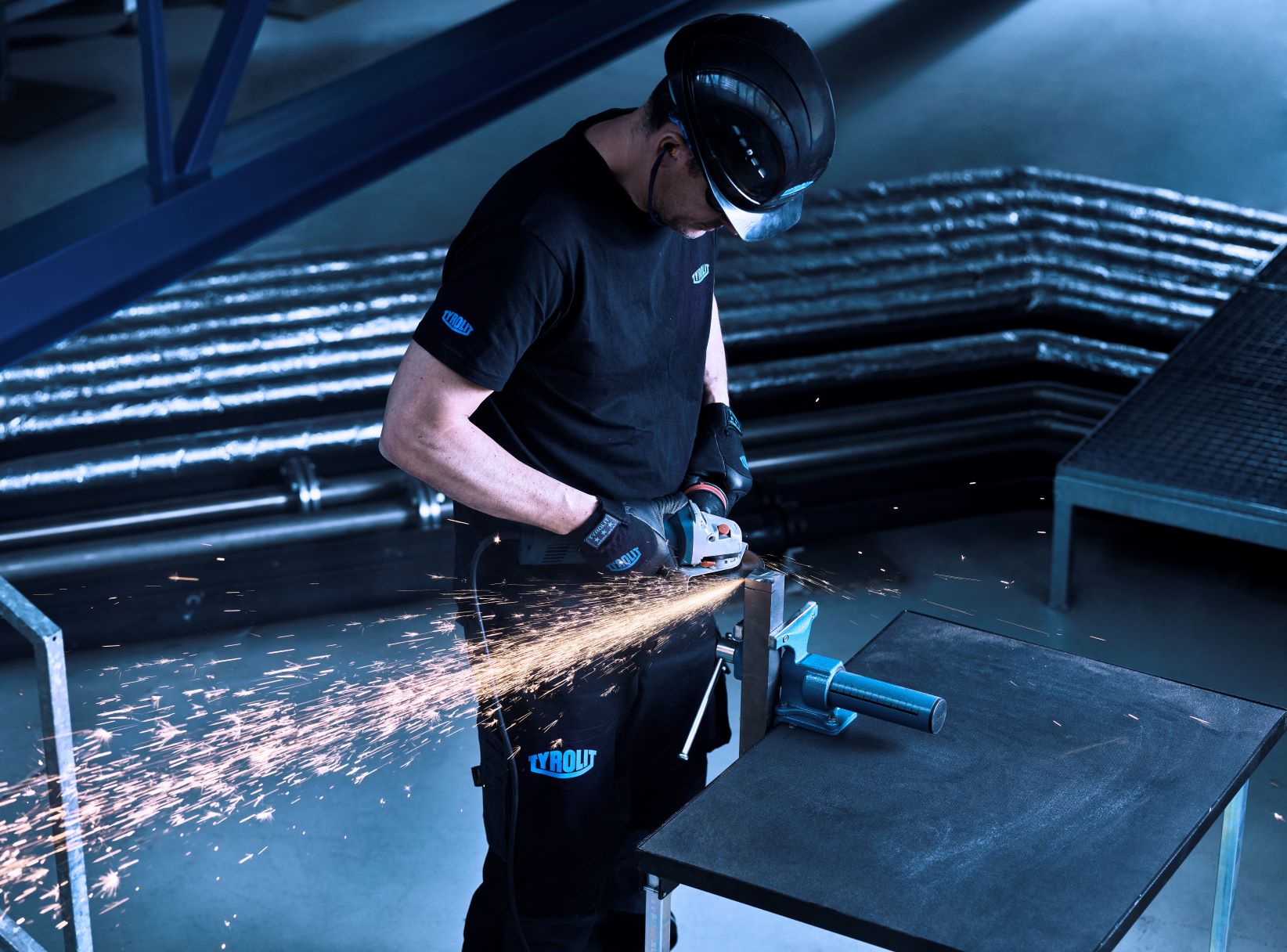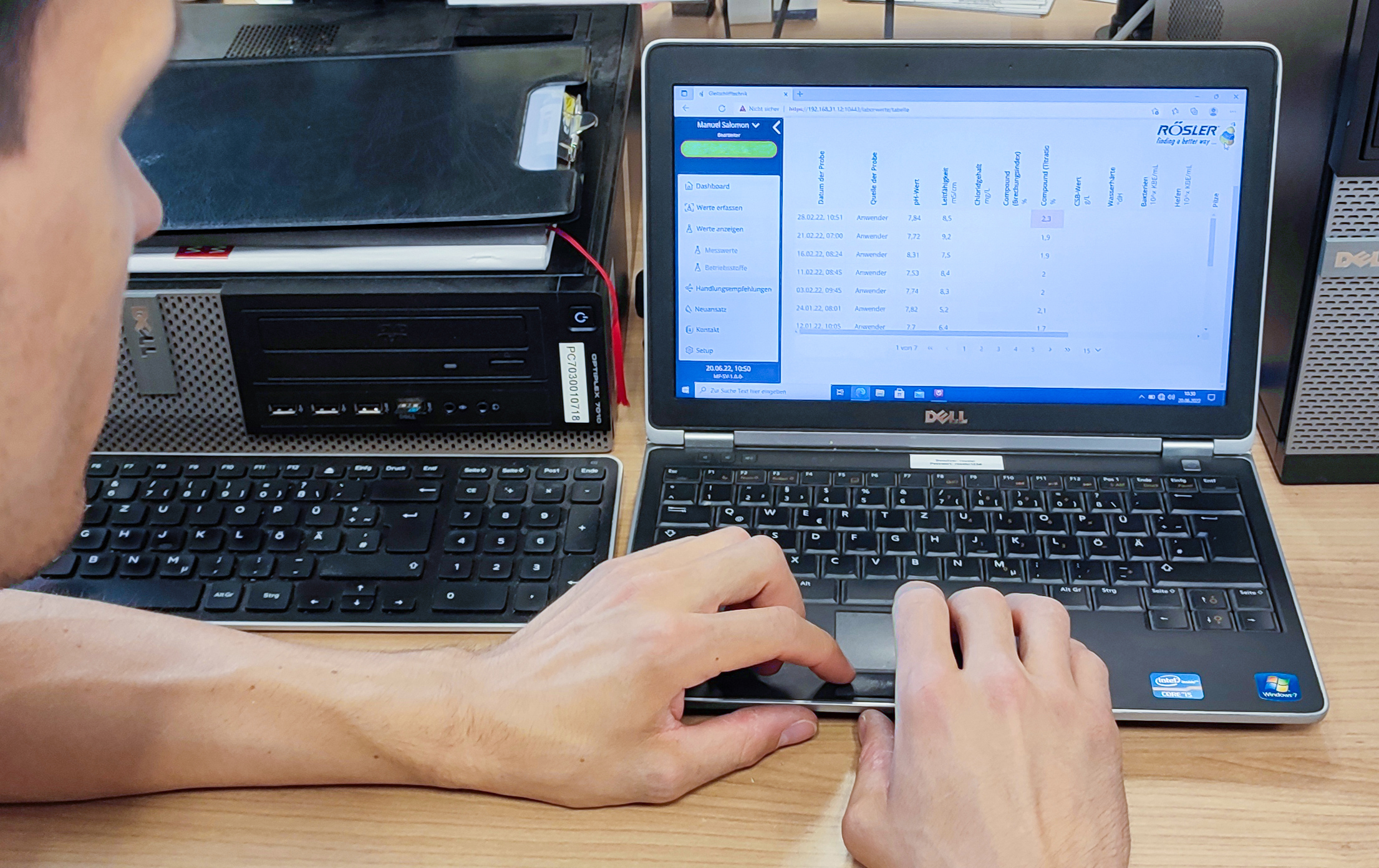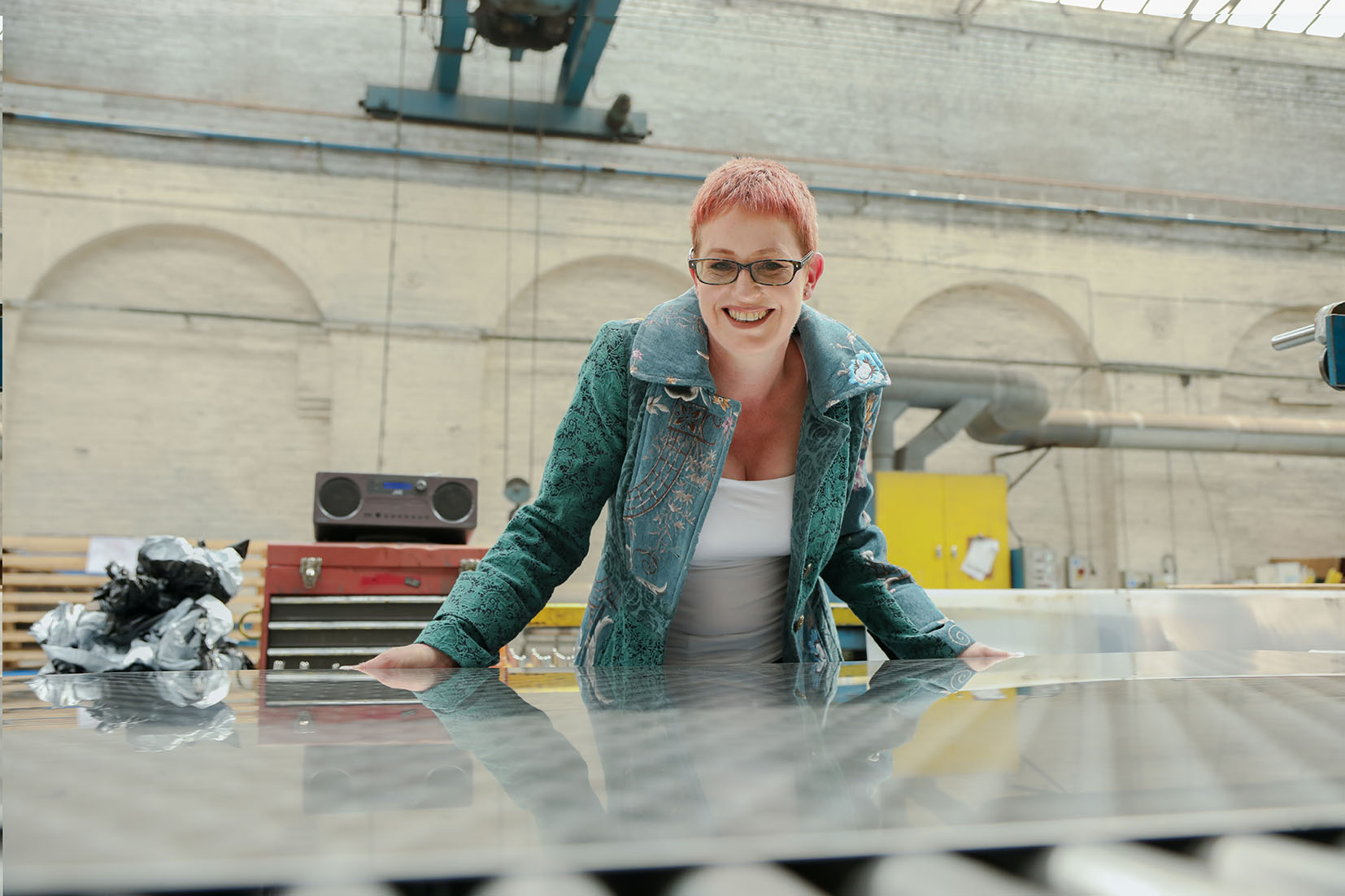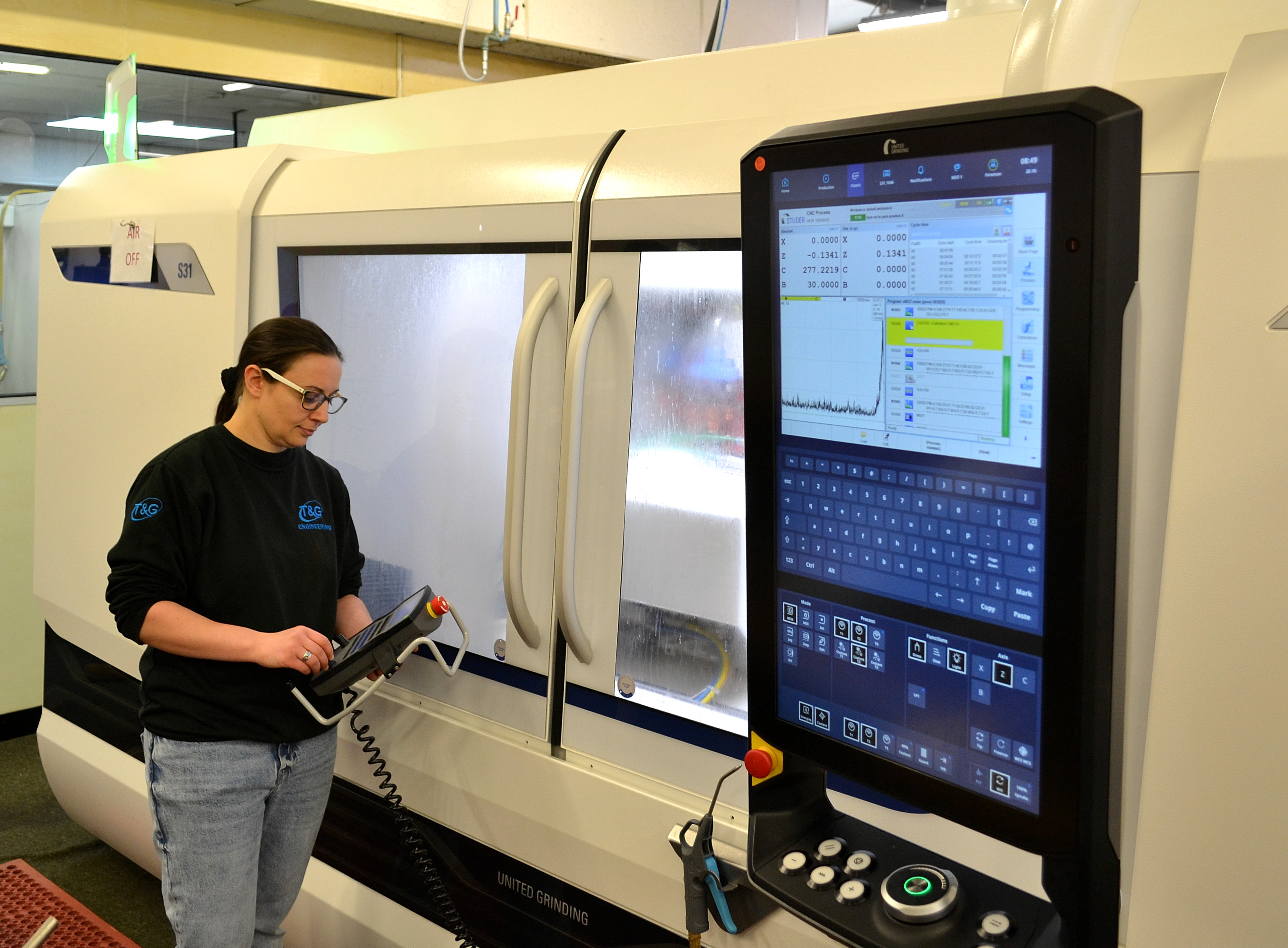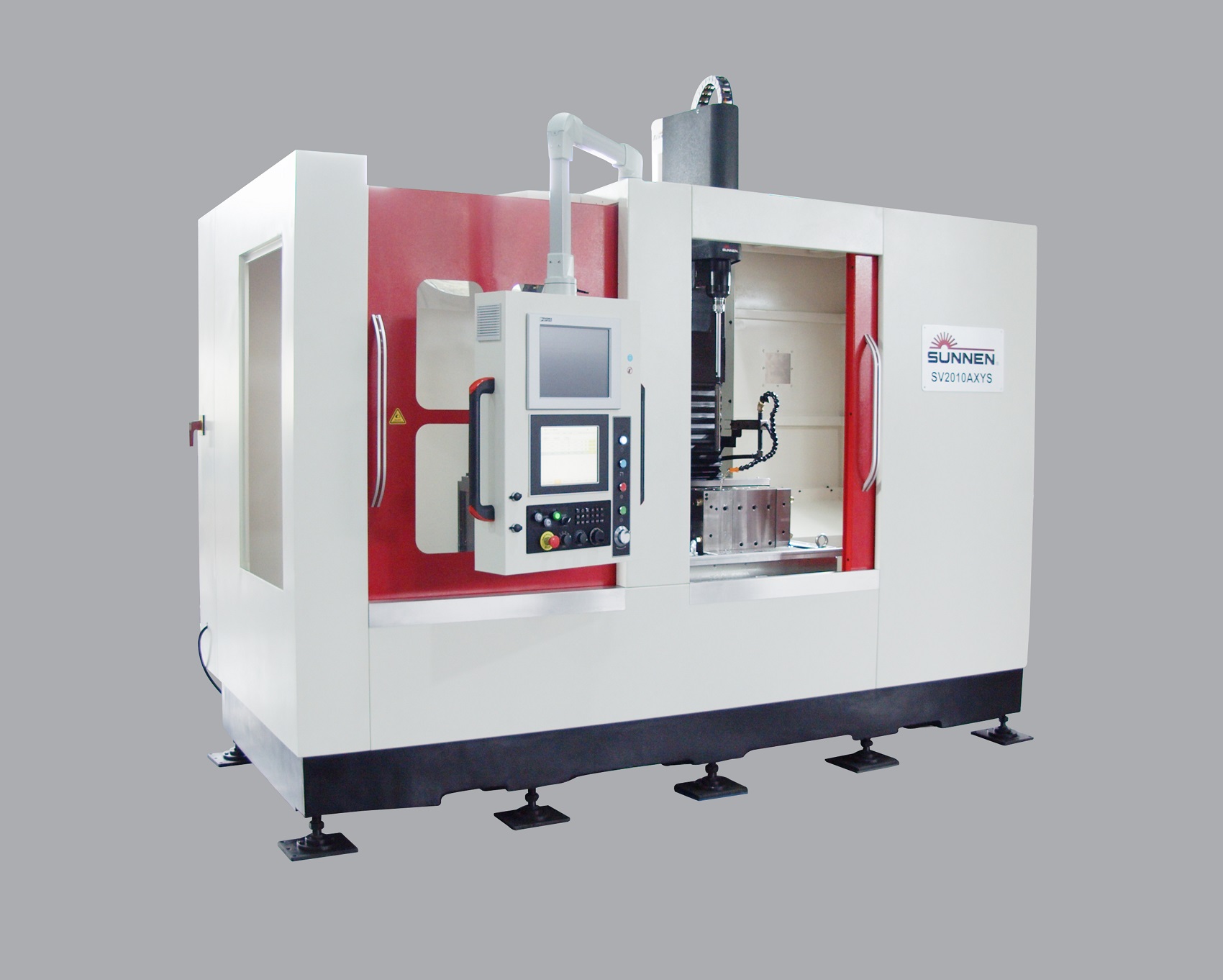Stock removal taking longer than expected and product wearing out too quickly? Tyrolit says that its Cerabond X brings a new dynamic to the process by maximising stock removal through enhanced abrasiveness, reducing working times and prolonging product lifetime in combination with a uniform finish.
Widely used in the market, ceramic grain is one of the most common forms of abrasives, known for being sharp, tough and strong. However, despite the advantages that ceramic abrasive grains have regarding stock removal, the best grain in the world can only be utilised for a limited time should it not be combined with a quality vulcanised backing and bond structure.
Tyrolit’s new self-sharpening ceramic grain, combined with a bespoke bonding system, is said to enable optimal bonding of the ceramic grain. New to the market, the Cerabond X product range not only includes fibre discs, but also a full range of metal removal products, including cut-off wheels, rough grinding wheels, flap discs and belts, which are suitable for all steel and stainless steel stock removal.
The structure of the ceramic grain in the new Cerabond X products not only provides extremely fast stock removal, but also shorter cutting time, reports Tyrolit. With the added benefit of flap discs featuring a trimmable core, the products deliver 30% higher stock removal rates. Furthermore, the entire disc can be utilised, maximising lifetime through the need of fewer discs.
Due to the durability of ceramic grain, combined with the bonding structure, Tyrolit says that the products perform better than others when used at high pressure, making the new Cerabond X system suitable for heavy-duty applications.
For further information www.tyrolit.co.uk







